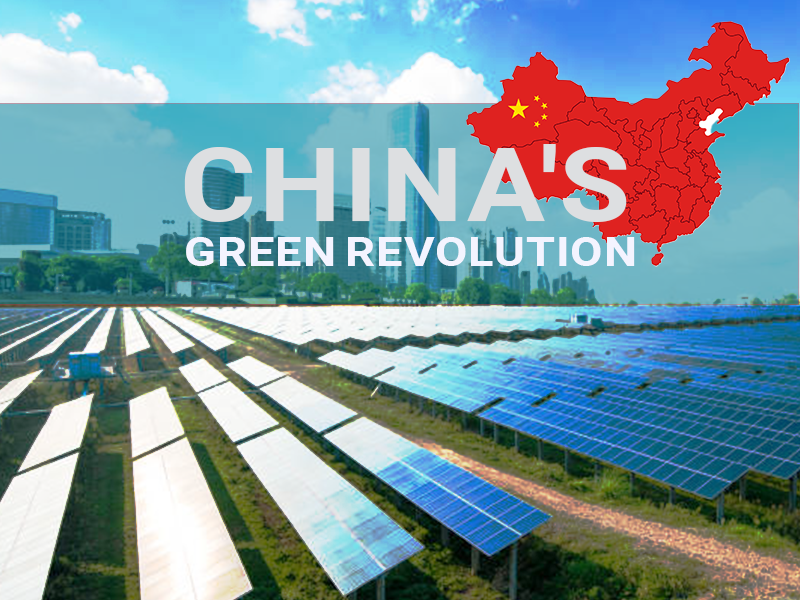China’s Green Revolution

New Energy Vehicles Outsell Traditional Cars for the First Time
Introduction: A Historic Shift in China’s Auto Market
For the first time in history, new energy vehicles (NEVs) have outsold traditional fuel-powered cars in China, signaling a monumental shift in the world’s largest automotive market. According to data from the China Passenger Car Association (CPCA), July 2024 marked a turning point where over half of the new passenger cars sold in the country were either battery-powered or hybrid models.
1. A New Era of Mobility: NEVs Take the Lead
The Rise of New Energy Vehicles
New energy vehicles, encompassing both battery-only and hybrid-powered cars, accounted for a staggering 51% of new passenger car sales in China last month. This milestone reflects a growing consumer preference for greener alternatives as technology advances and environmental concerns heighten.
The Rapid Growth of NEV Adoption:
This surge in NEV sales is even more remarkable when considering the rapid growth trajectory. Just a year ago, NEVs represented only 36% of the market. The penetration rate had dipped below one-third in January 2024, making this recent climb all the more significant. China’s commitment to reducing carbon emissions and promoting sustainable transportation is clearly paying off.
2. The Impact of China’s Economic Landscape
Navigating a Slowing Economy:
China’s overall economic growth has experienced a slowdown, which has undoubtedly impacted the automotive market. However, despite this broader economic context, the demand for NEVs has continued to rise, suggesting that Chinese consumers are prioritizing sustainable mobility options even in uncertain times.
Price Wars and Competition: A Double-Edged Sword
The rapid expansion of the NEV market has led to intense competition among manufacturers, sparking a price war. While this has made NEVs more accessible to a broader range of consumers, it has also created challenges for automakers struggling to maintain profitability. The balancing act between affordability and innovation will be crucial as the market continues to evolve.
3. China’s Role as a Global Leader in the NEV Revolution
Setting the Standard for the Future:
China’s achievement of NEVs outselling traditional cars for the first time is more than just a domestic victory—it’s a signal to the global automotive industry. As the world’s largest car market, China’s trends often set the pace for the rest of the world. This shift towards NEVs underscores the country’s potential to lead the global transition to sustainable transportation.
What’s Next for China’s Auto Market?
Looking ahead, the momentum behind NEVs shows no signs of slowing. With continued government support, advancements in battery technology, and an increasingly eco-conscious consumer base, NEVs are poised to become the dominant force in China’s auto market. The challenges of economic fluctuation and fierce competition will persist, but China’s automotive future is undoubtedly green.
Conclusion: A Turning Point for Transportation
The data from July 2024 marks a pivotal moment in China’s automotive history. For the first time, new energy vehicles have taken the lead over traditional fuel-powered cars, reflecting a broader global shift towards sustainability. As China continues to innovate and adapt to new economic realities, its role as a leader in the NEV revolution will only grow stronger, setting the stage for a greener, more sustainable future in transportation.







